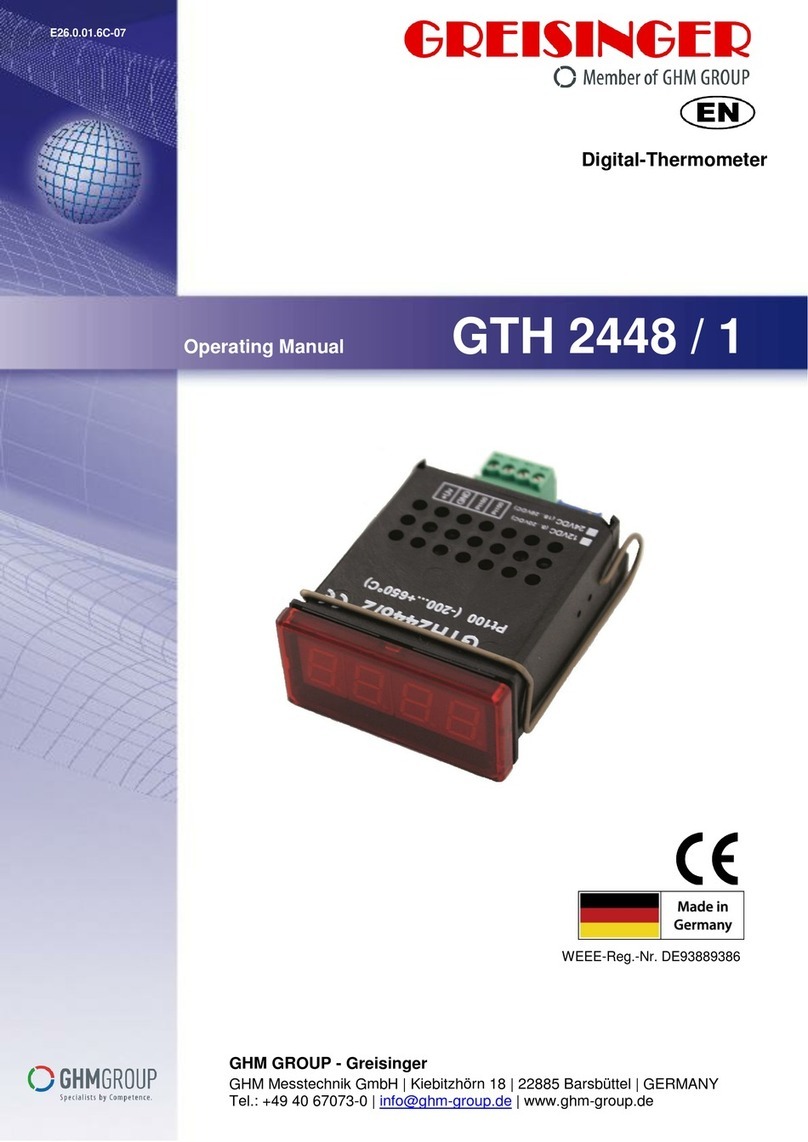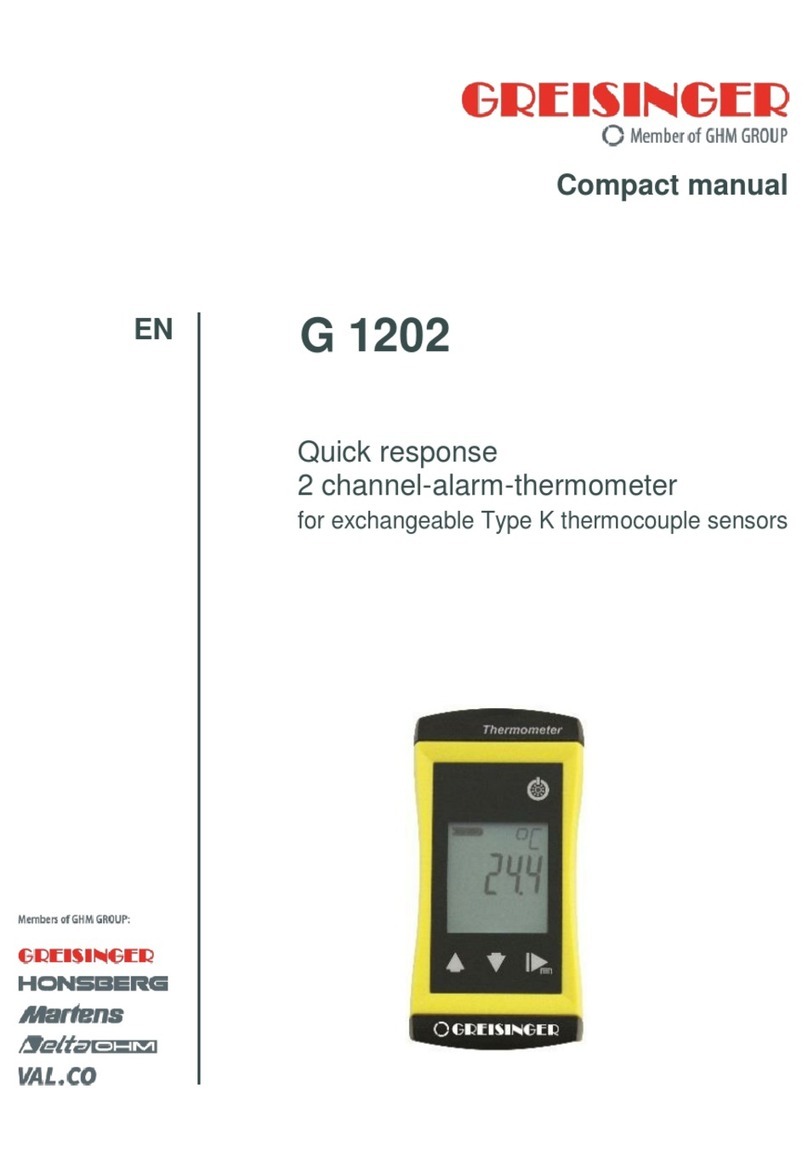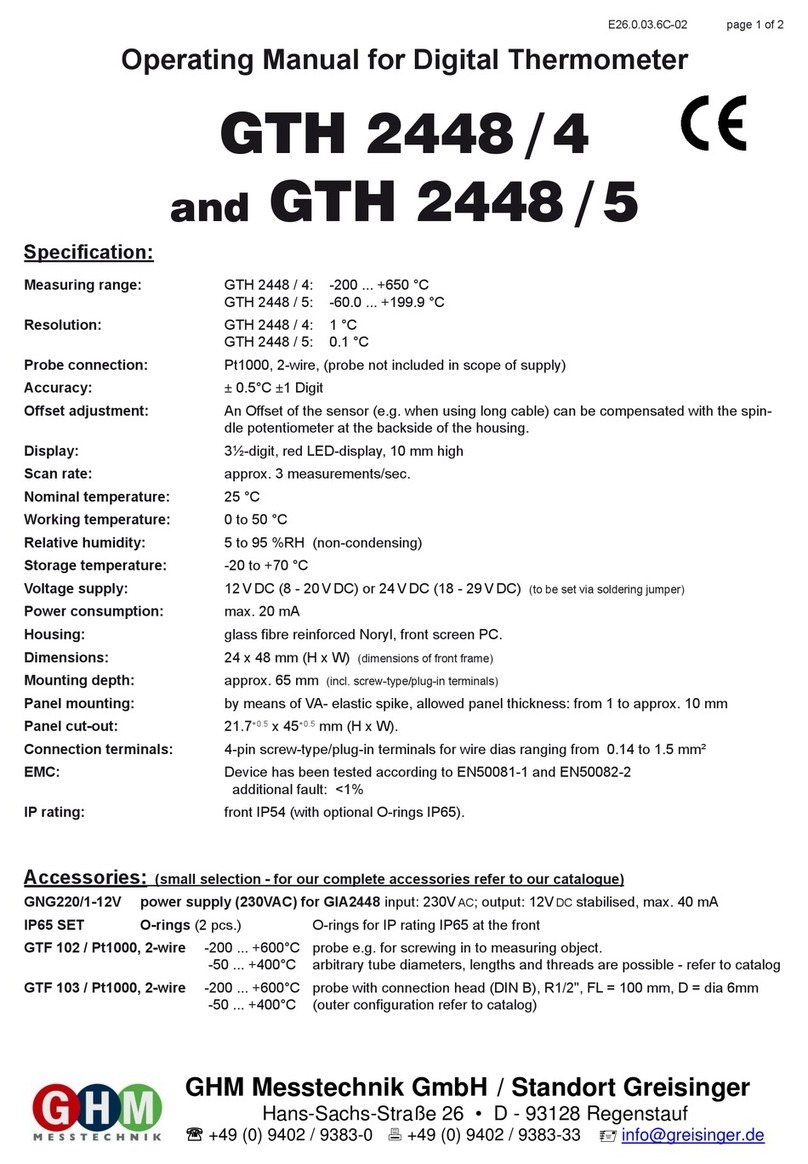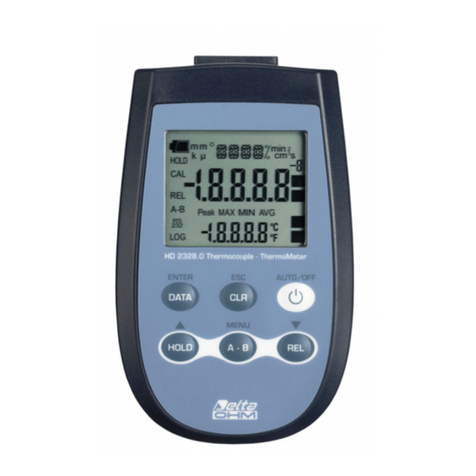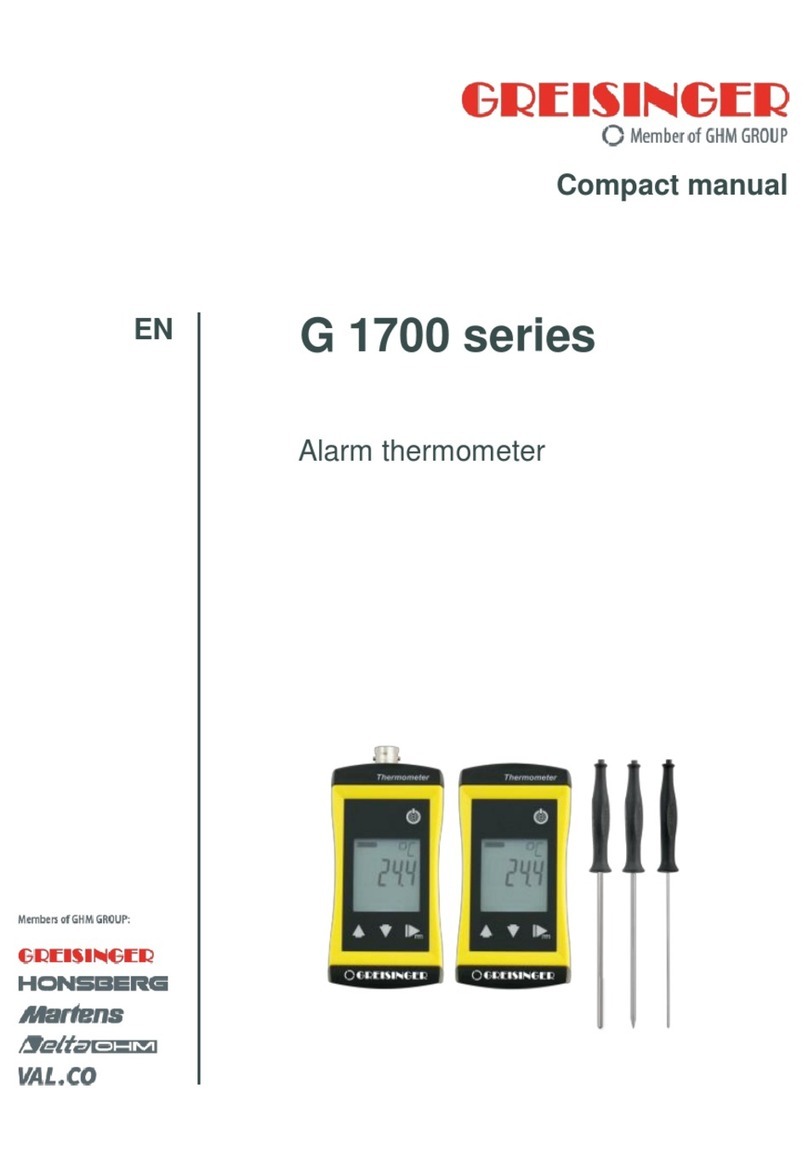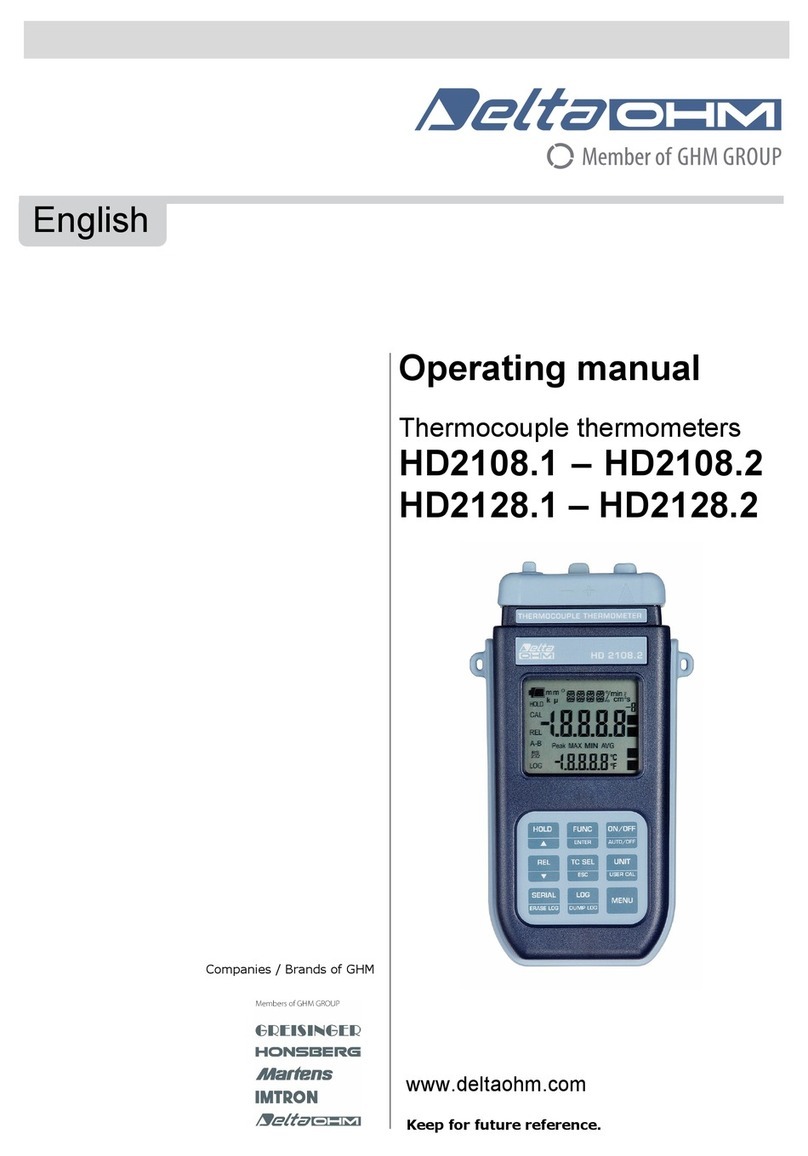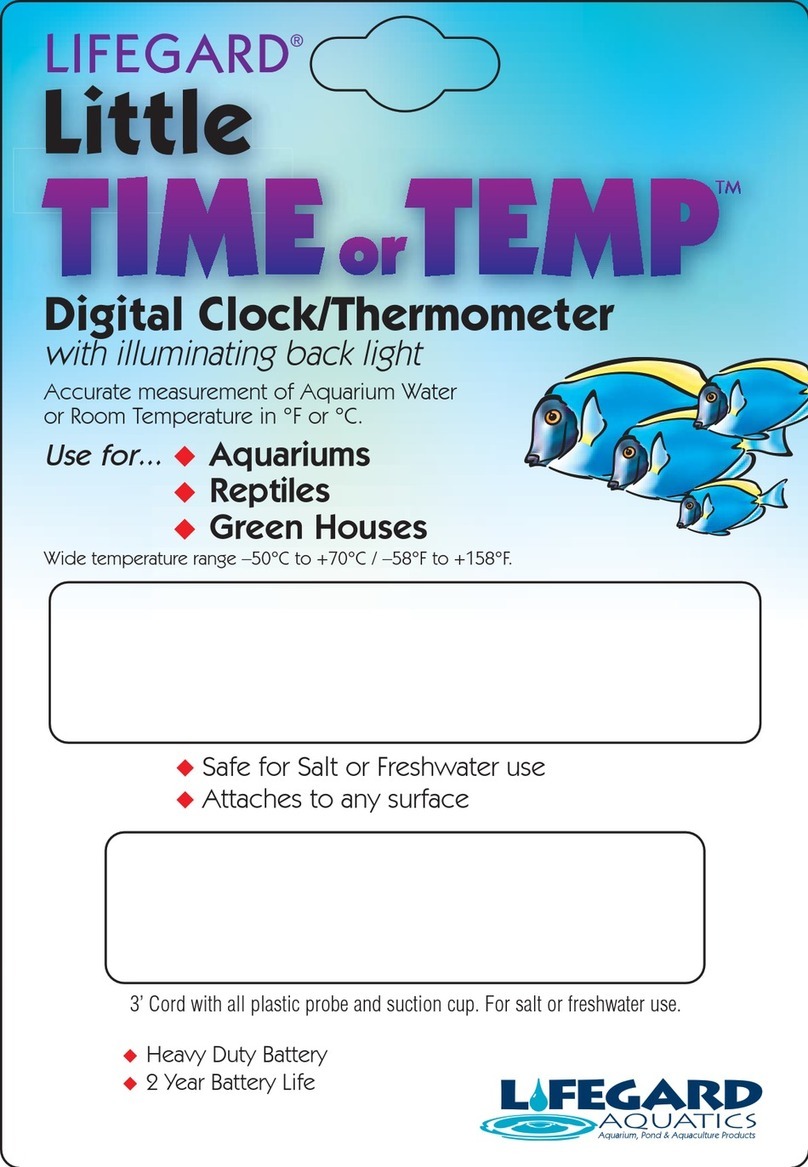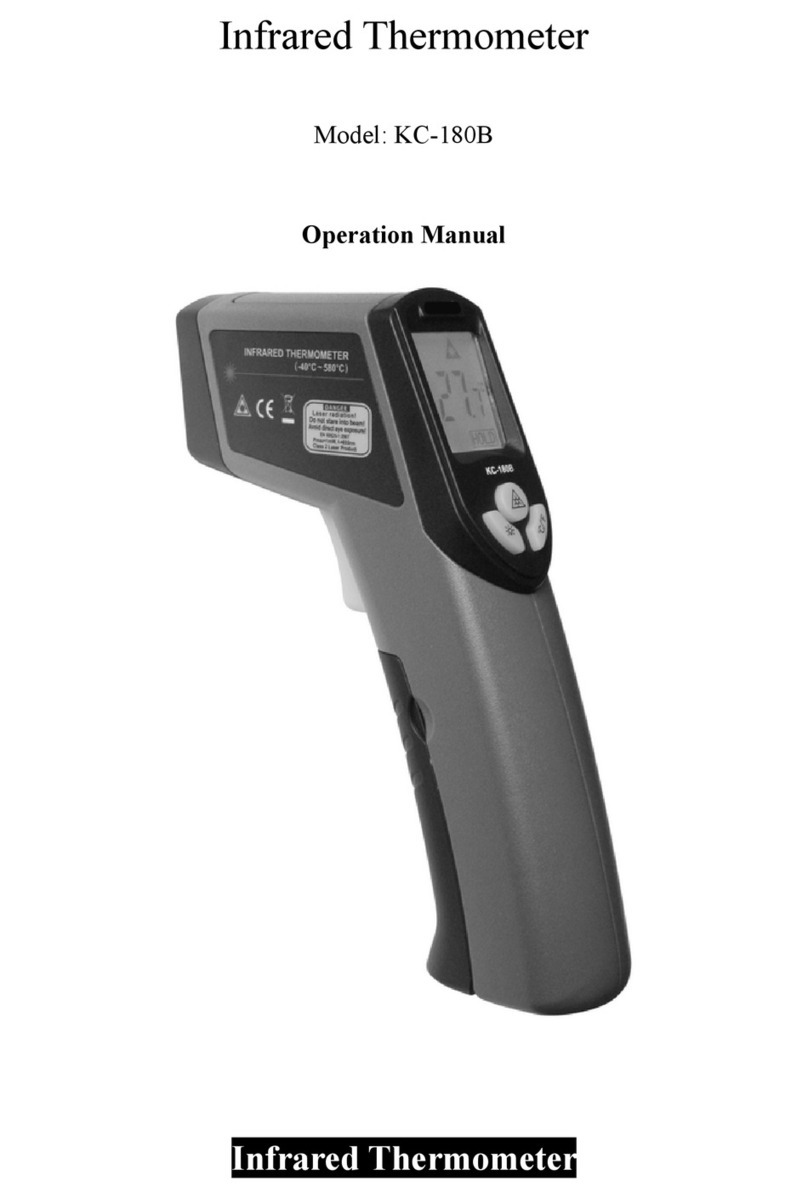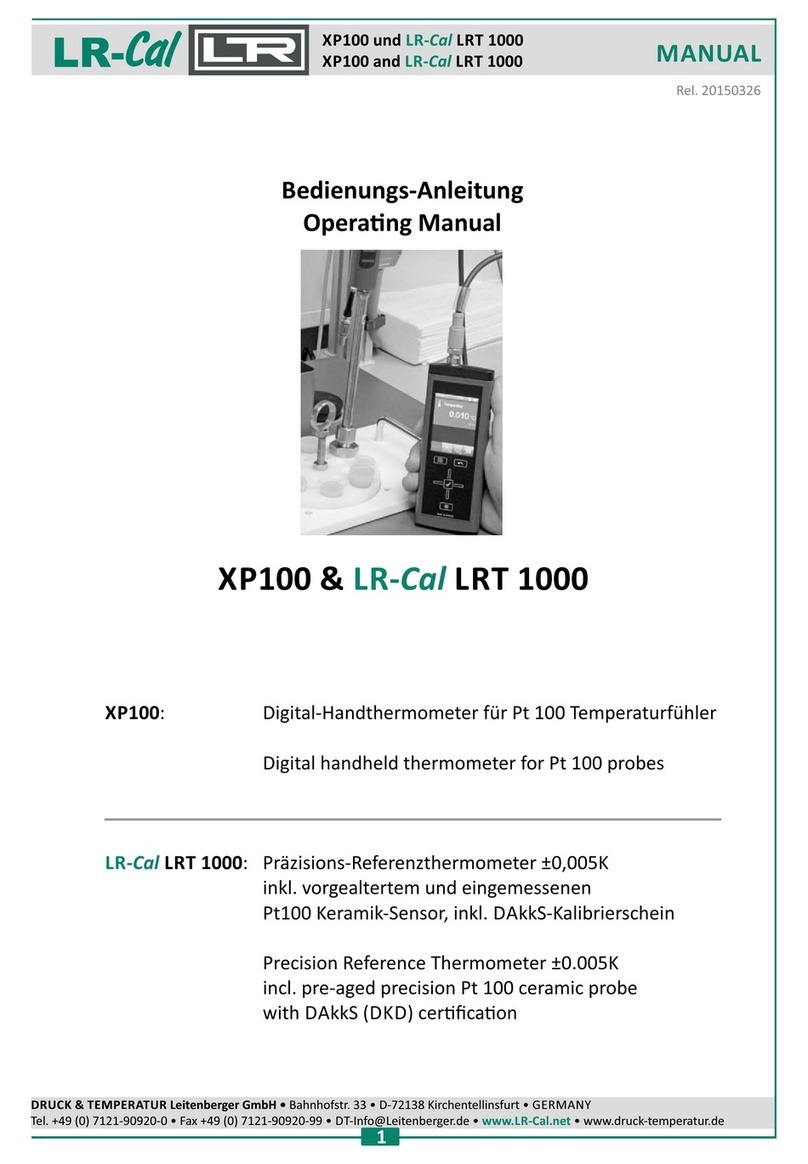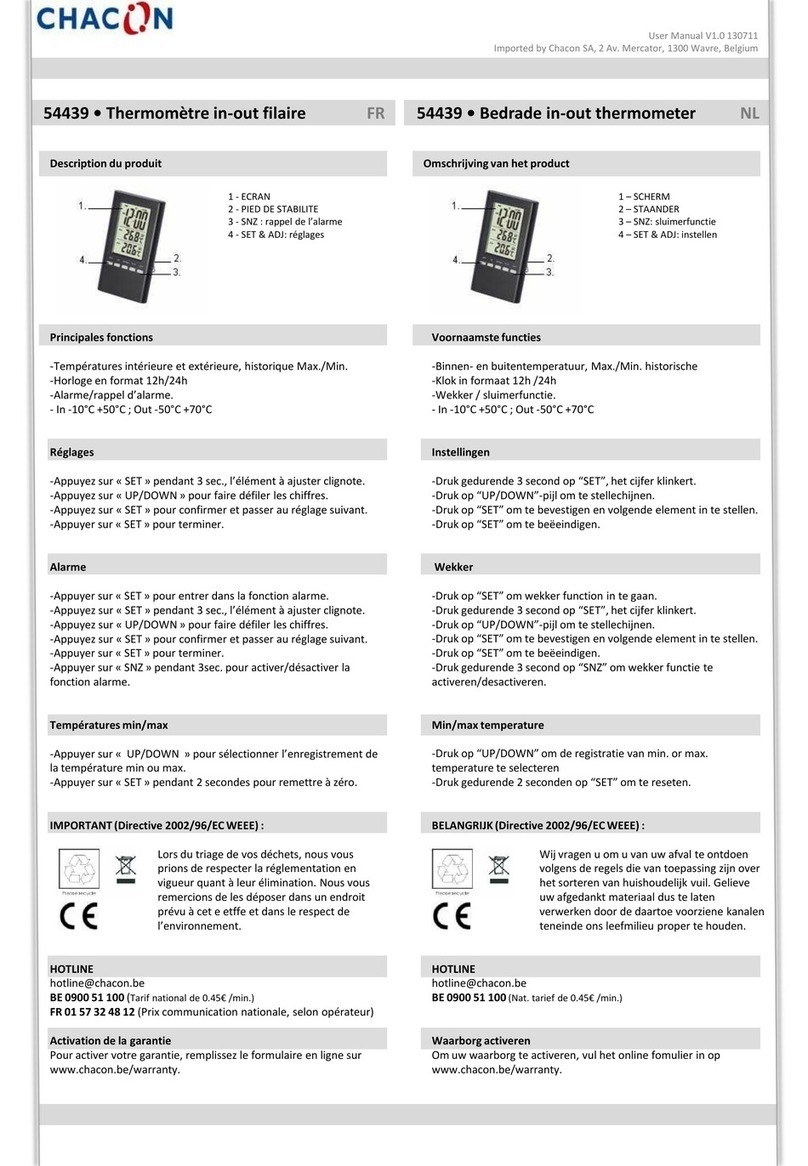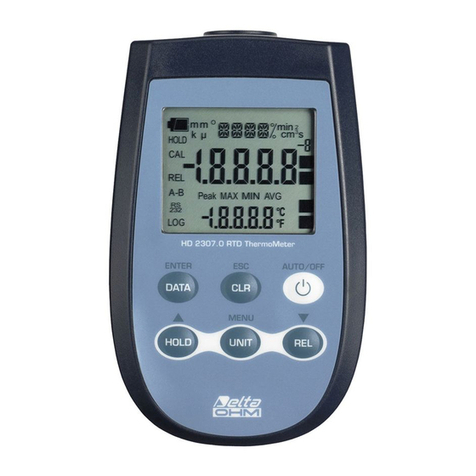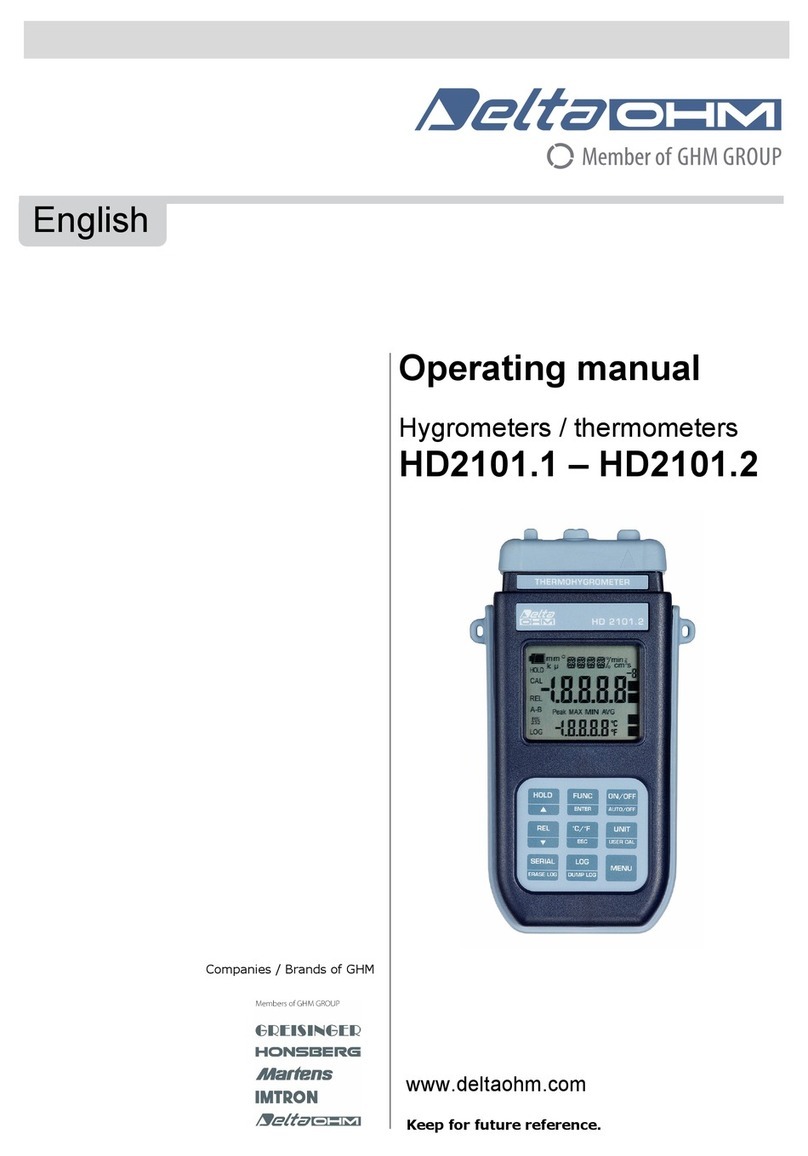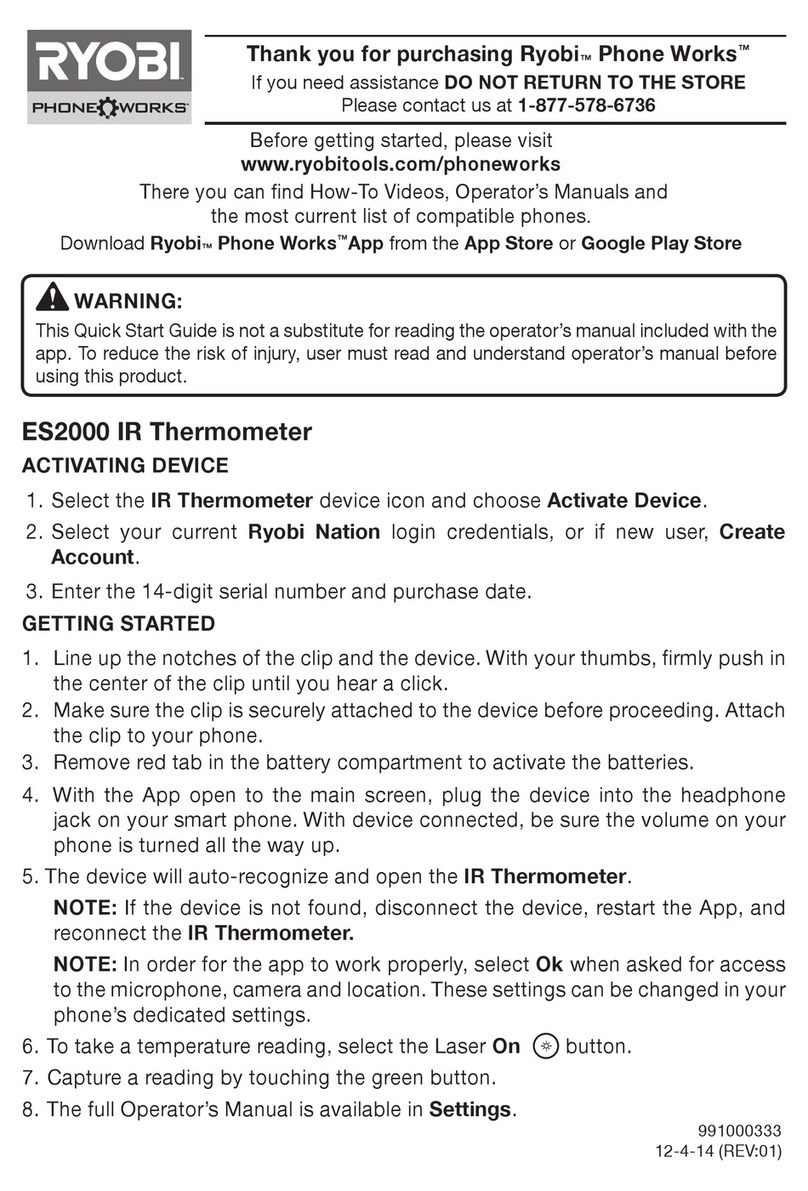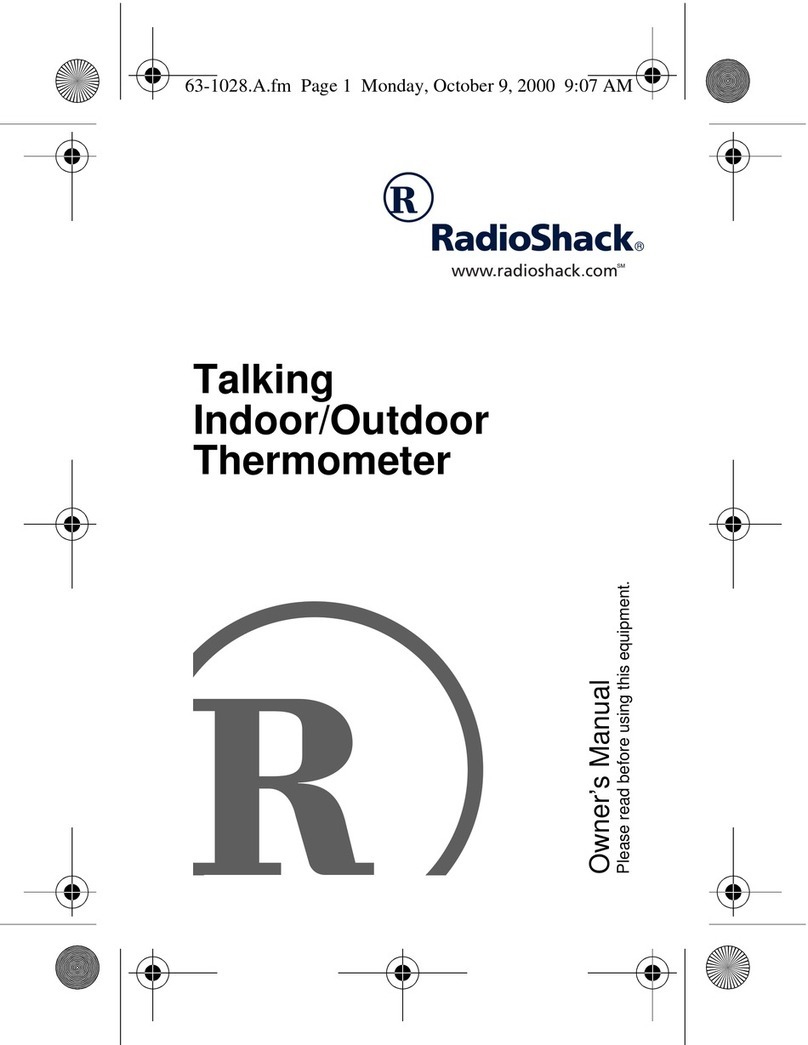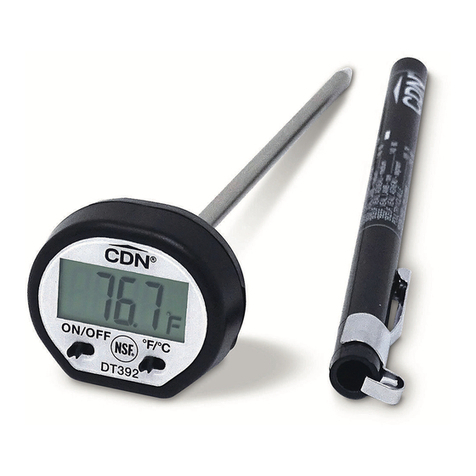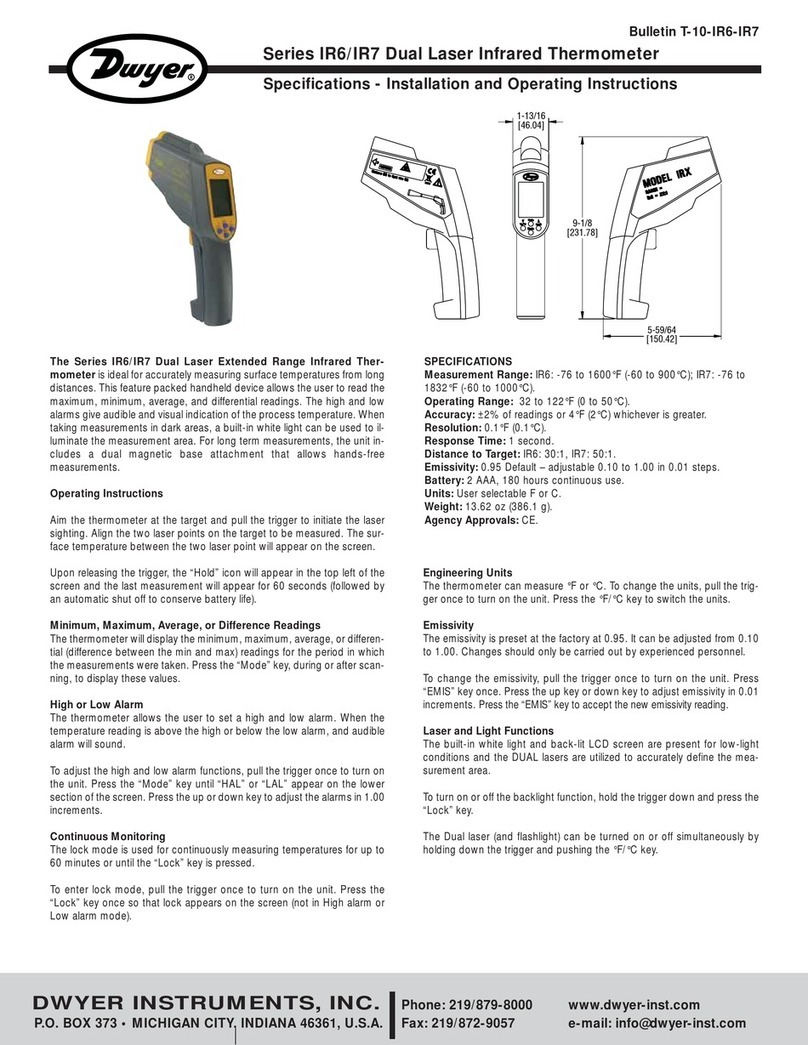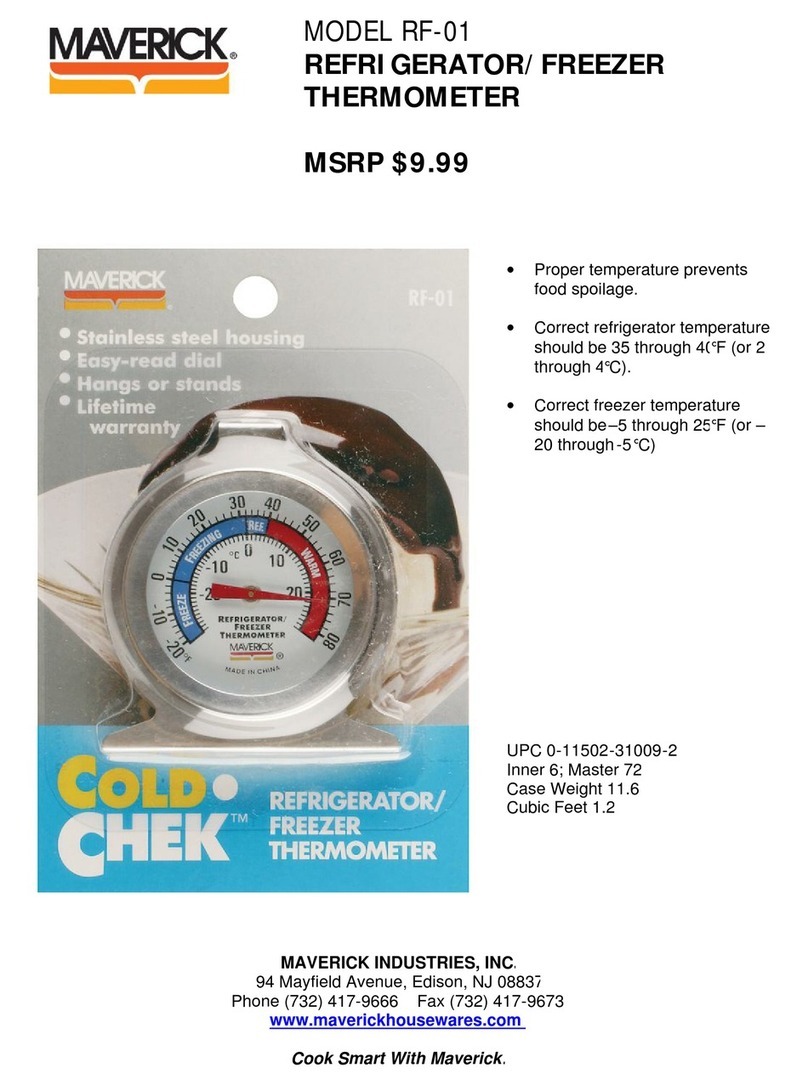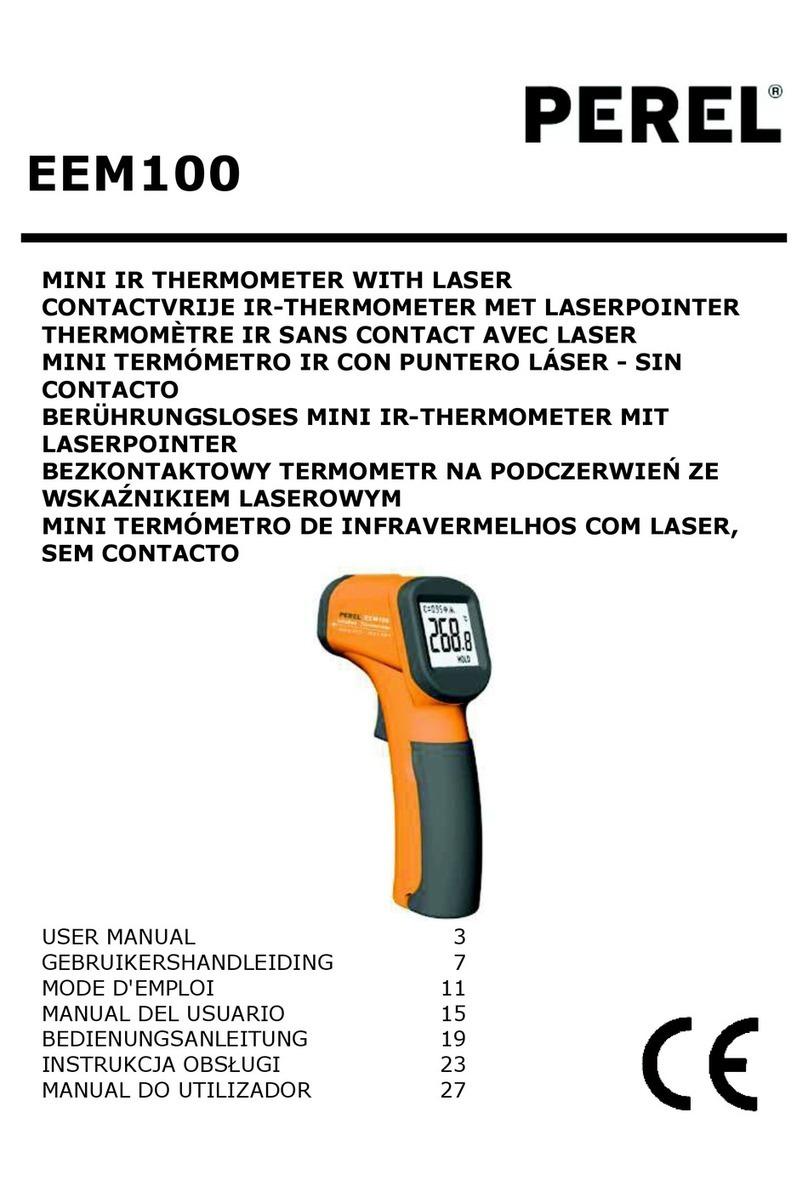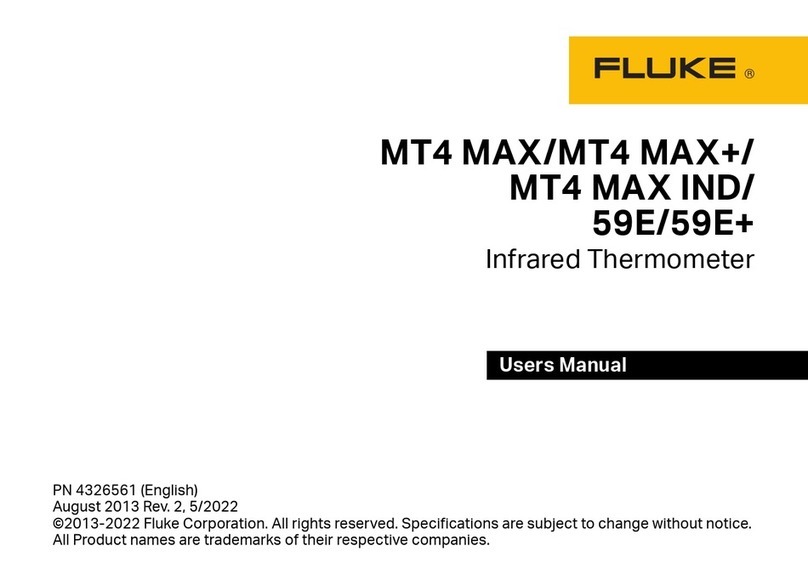H56.0.02.6C-01 Operating Manual GTH 1150 Page 2 von 10
_____________________________________________________ _____________________________________________________________________________
Contents
1SAFETY......................................................................................................................................................................3
1.1 GENERAL NOTE......................................................................................................................................................3
1.2 INTENDED USE.......................................................................................................................................................3
1.3 QUALIFIED STAFF ..................................................................................................................................................3
1.4 SAFETY SIGNS AND SYMBOLS................................................................................................................................3
1.5 REASONABLY FORESEEABLE MISUSE ....................................................................................................................4
1.6 SAFETY GUIDELINES..............................................................................................................................................4
2PRODUCT DESCRIPTION......................................................................................................................................4
2.1 SCOPE OF DELIVERY ..............................................................................................................................................4
2.2 OPERATING AND MAINTENANCE...........................................................................................................................5
3OPERATION..............................................................................................................................................................5
3.1 DISPLAY ELEMENT ................................................................................................................................................5
3.2 PUSHBUTTONS.......................................................................................................................................................5
3.3 CONNECTIONS .......................................................................................................................................................5
4ADJUSTMENT...........................................................................................................................................................6
4.1 MANUAL ADJUSTMENT .........................................................................................................................................6
4.1.1 Zero point-Adjustment....................................................................................................................................6
4.1.2 Scale Adjustment............................................................................................................................................6
5BASICS OF THE MEASUREMENT.......................................................................................................................6
5.1 PROBE ACCURACY/DEVICE ACCURACY.................................................................................................................6
5.2 POSSIBLE ERRORS..................................................................................................................................................6
5.2.1 Immersion depth.............................................................................................................................................6
5.2.2 Surface effects and bad heat transfer.............................................................................................................6
5.2.3 Cooling (evaporation)....................................................................................................................................6
5.2.4 Response time.................................................................................................................................................6
5.2.5 Limit values....................................................................................................................................................7
6TYPE K-SENSOR......................................................................................................................................................7
6.1 DETAILS ABOUT THE SENSORS ..............................................................................................................................7
6.2 SENSORS................................................................................................................................................................7
6.2.1 GF 1TK-T3.....................................................................................................................................................7
6.2.2 GF 1TK-E1.5..................................................................................................................................................7
6.2.3 GF 1TK-E3.....................................................................................................................................................7
6.2.4 GES 130 .........................................................................................................................................................7
6.2.5 GOF 130 ........................................................................................................................................................7
6.2.6 GFT 300.........................................................................................................................................................8
7REPLACING BATTERIES......................................................................................................................................8
8FAULT AND SYSTEM MESSAGES.......................................................................................................................9
9RESHIPMENT AND DISPOSAL.............................................................................................................................9
9.1 RESHIPMENT..........................................................................................................................................................9
9.2 DISPOSAL...............................................................................................................................................................9
9SPECIFICATION ....................................................................................................................................................10










